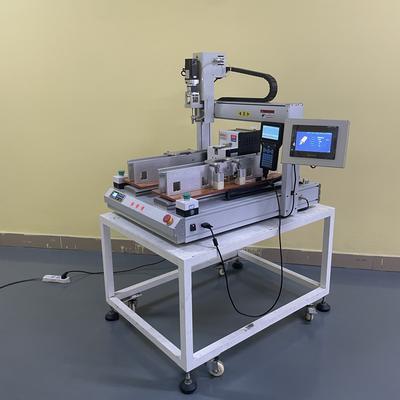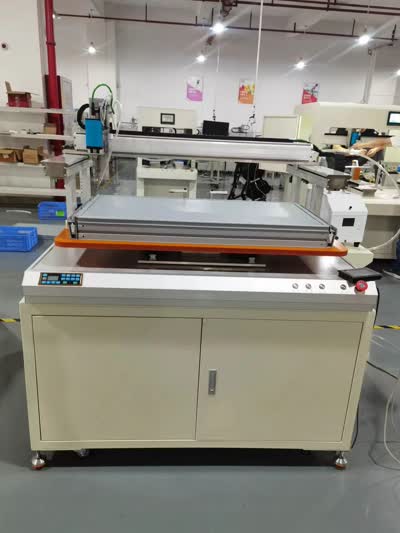Automated Battery & Power Module Assembly Solutions | Industrial Automation
| Product Name | Applicable industries |
| Auto Screwdriver Machine | LED Lighting Industry |

Battery and Power Module Assembly with Automation
The rapid evolution of industrial automation has revolutionized manufacturing processes across numerous sectors. One area experiencing significant transformation is the assembly of battery and power modules. As demand for efficient energy storage and power delivery systems grows, manufacturers are increasingly turning to automated solutions to enhance precision, scalability, and reliability.
Automation in battery and power module assembly begins with the handling of sensitive components. Advanced robotic systems equipped with vision guidance and force-sensing capabilities ensure delicate cells, connectors, and circuitry are positioned accurately without damage. This level of precision is critical for maintaining product integrity and performance consistency, especially in high-stakes applications like electric vehicles and renewable energy storage.
Another key advantage is throughput. Automated assembly lines can operate continuously with minimal downtime, dramatically increasing production rates compared to manual methods. Integrated conveyor systems, automated screwdriving, and laser welding technologies work in harmony to streamline each step—from cell stacking and interconnection to module encapsulation and testing. This not only accelerates time-to-market but also reduces labor costs and human error.
Quality control is seamlessly embedded throughout the automated process. In-line inspection systems use high-resolution cameras and sensors to detect defects such as micro-cracks, misalignments, or insufficient soldering. Electrical testing stations validate performance parameters like voltage, resistance, and thermal behavior, ensuring every module meets stringent safety and efficiency standards before packaging.
Flexibility is also a hallmark of modern automation. Modular robotic cells can be quickly reprogrammed to accommodate different battery chemistries, form factors, or connector types. This adaptability allows manufacturers to respond swiftly to market changes or custom client requirements without extensive retooling.
Moreover, automation enhances workplace safety. By handling hazardous materials, high-voltage components, and repetitive tasks, robots minimize human exposure to potential risks. Ergonomic improvements and reduced physical strain contribute to a safer, more productive factory environment.
As industries continue to prioritize sustainability and efficiency, the role of automation in battery and power module assembly will only expand. Innovations in AI-driven predictive maintenance, collaborative robotics, and digital twin technology are set to further optimize these processes, paving the way for smarter, more resilient manufacturing ecosystems.
In conclusion, integrating automation into battery and power module assembly is no longer a luxury—it is a necessity for staying competitive in a fast-paced market. By embracing these technologies, manufacturers can achieve higher quality, greater efficiency, and superior adaptability, ultimately powering the future of energy innovation.


